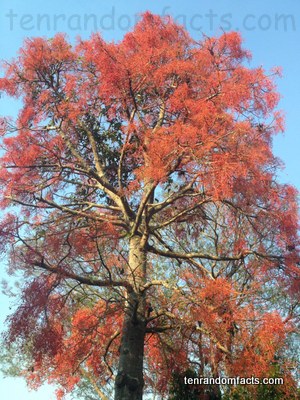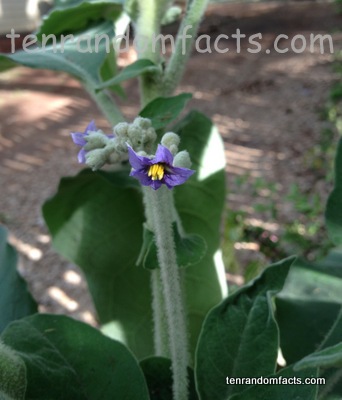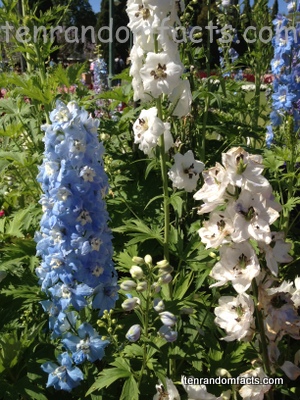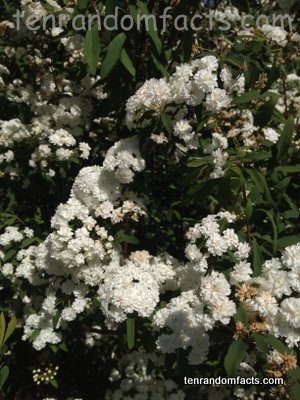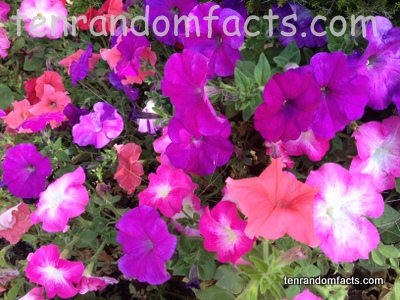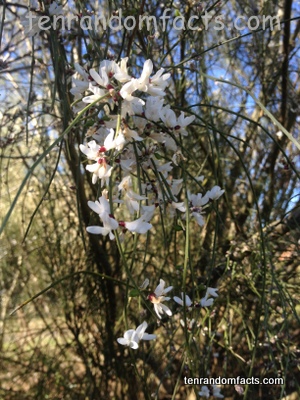
White weeping brooms do not sweep or weep!
- White weeping brooms are perennial woody shrubs from the family Fabaceae, which is the family of legumes.
- The scientific name for the white weeping broom is Retama raetam, and it is also known as ‘White broom’.
- White weeping brooms grow up to 3 metres (10 feet) in height and 6 (20 feet) metres in diameter.
- In winter and spring, white weeping brooms bear numerous, clustered groups of 3 to 15 flowers that are small and coloured white .
- White weeping brooms have small green seedpods often containing two seeds, and a single plant can produce thousands of seeds during its lifetime.
- White weeping brooms have greyish-green foliage of droopy branches and small, mostly insignificant leaves.
- White weeping brooms survive well during drought, possibly being the most tolerant of the three Retamas in the genus.
- White weeping brooms are native to North Africa and the southern countries of Europe (Mediterranean countries).
- White weeping brooms are classified as invasive weeds in some countries, particularly some parts of Australia.
- White weeping broom seeds are often consumed by hares, who transport them to new locations, and the seeds can be seen in the ground a few years after they drop, and can readily germinate at that stage.
Bibliography:
White Weeping Broom, 2013, Lower Eyre Pest Management Group, http://www.pestandweeds.com/weed-profiles/trees-shrubs-weeds/white-weeping-broom/
White Weeping Broom (Ratama raetam), 2009, The Government of South Australia, http://www.senrm.sa.gov.au/Portals/10/Pest%20Plants%20and%20Pest%20Animals/white%20weeping%20broom%20NY%20fact%20sheet.pdf






